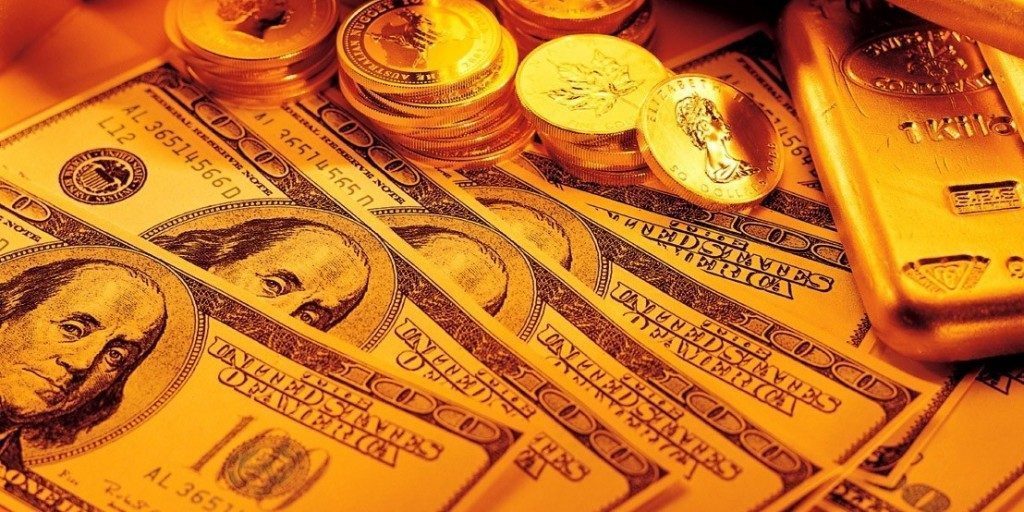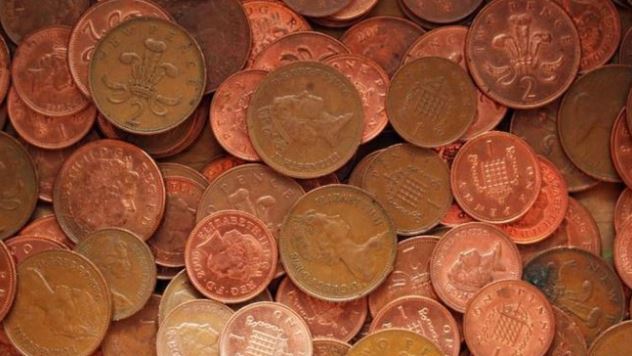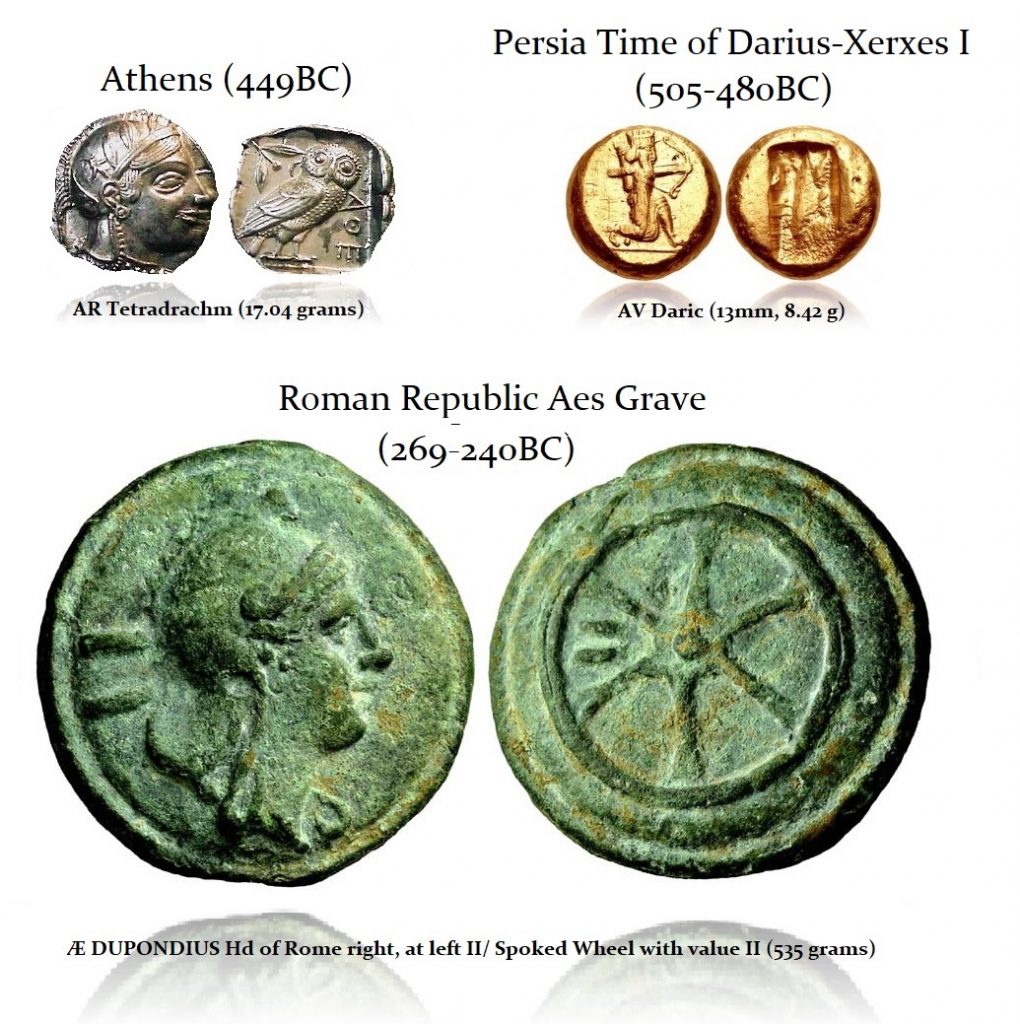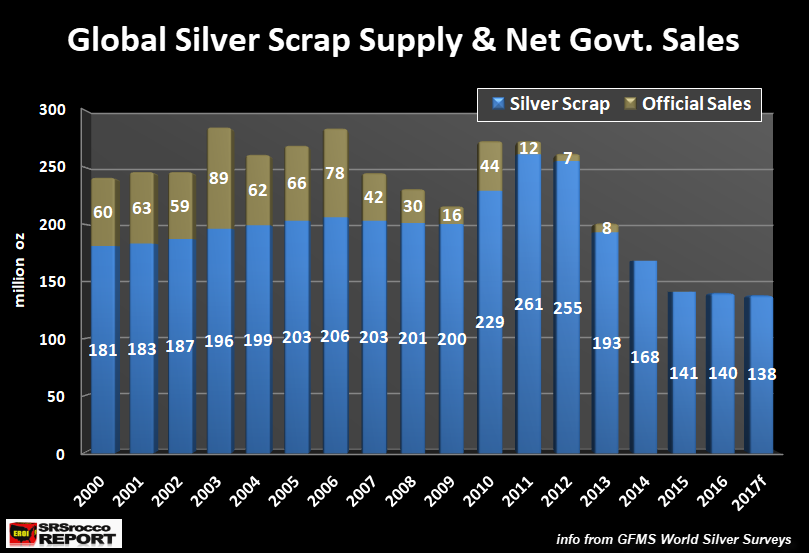The Great Recession, coupled with the “Ron Paul Revolution,” prompted a renaissance of the sound money movement in the United States.
As Germany, Russia, and China — to name a few — continue to increase their gold holdings, the hegemonic power of Federal Reserve Notes (referred to today as the dollar) is slowly slipping away.
Simultaneously, whispers—once relegated to fringe corners—of restoring sound money have become passionate, concerned, and loud.
The destruction of sound money over the past century stems from actions at the federal level, but there are steps which states can take —and even have already taken —to move toward real, sound, constitutional money.
As state legislatures reconvene in the next few weeks, let’s take a look at the current state of play…
Since 2016, sound money has made a splash on the state level. According to the 2018 Sound Money Index, a new ranking of all 50 states on the extent to which they have implemented the pro-sound money policies, there are currently 38 states with an exemption of sales and use tax on the purchase of gold and silver.
Since 2016, legislators in 10 different states have introduced bills, seven of which were signed into law, to restore sound money by eliminating taxes on gold and silver within their borders.
In 2017, a quarter of all states without a sales tax exemption on gold and silver introduced new measures to eliminate the tax against the monetary metals. As states continue to make inroads on the sales tax issue, Tennessee and West Virginia are expected to introduce bills to remove sales and use taxes on sound money in 2019.





 Battling the barbarians at the gate… [PT]
Battling the barbarians at the gate… [PT]








